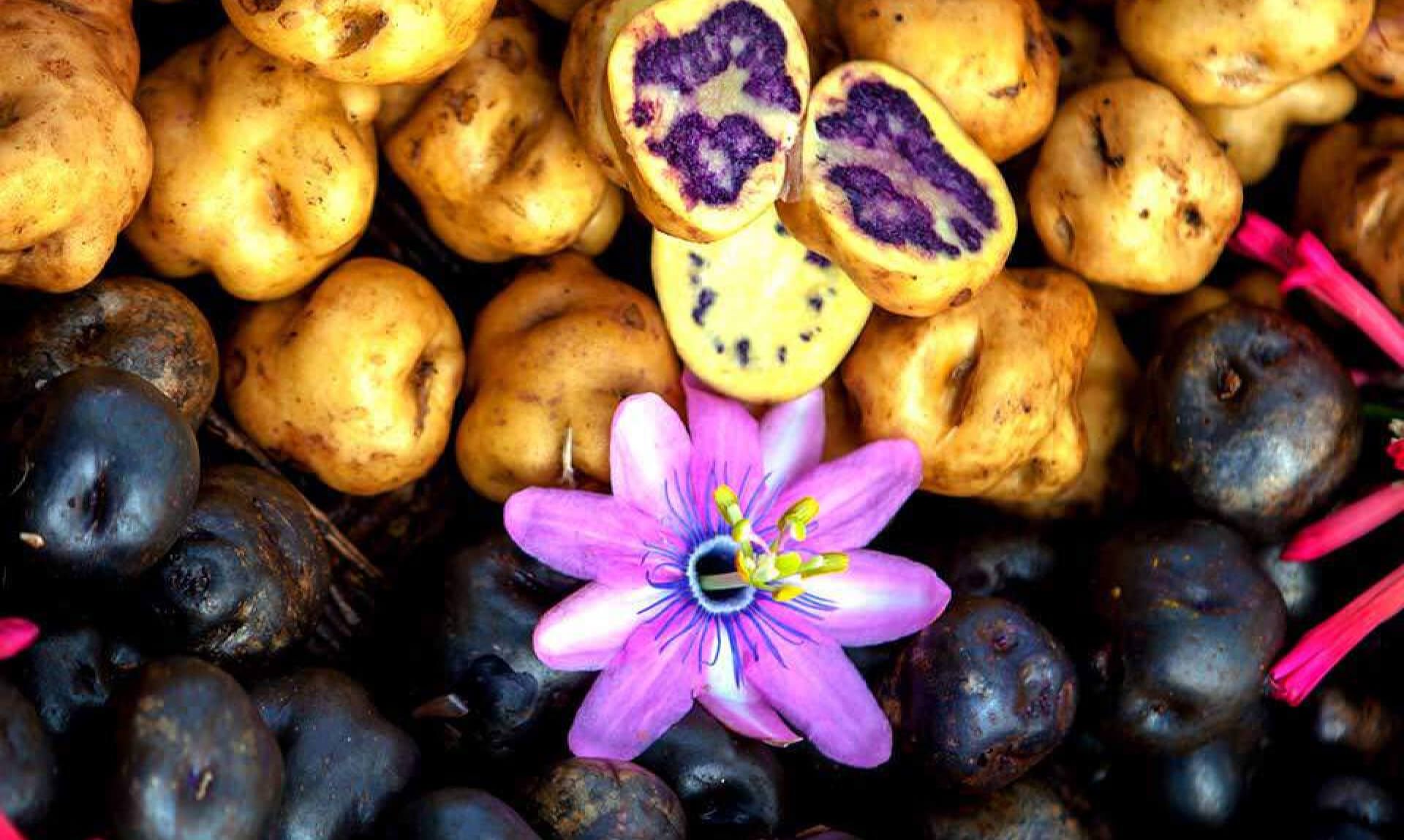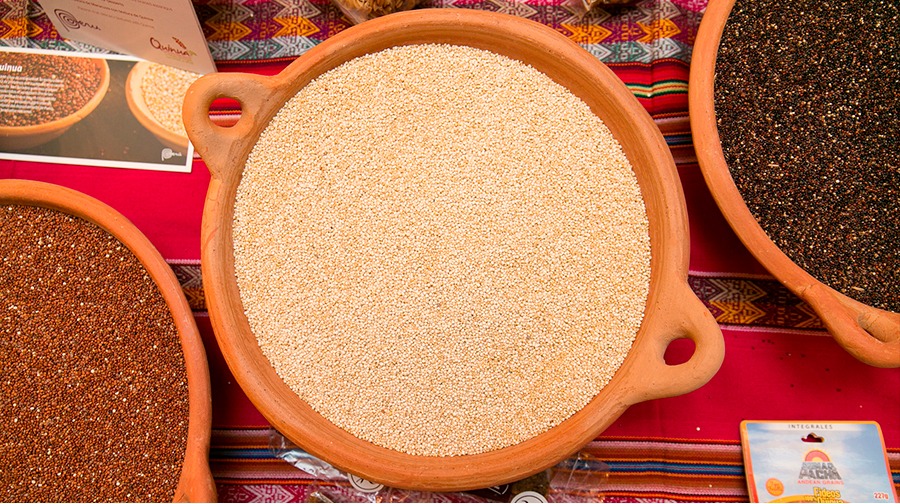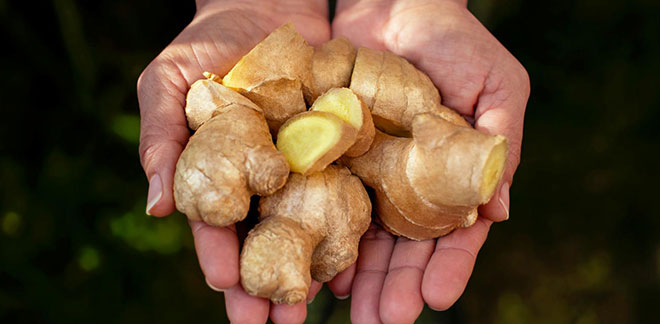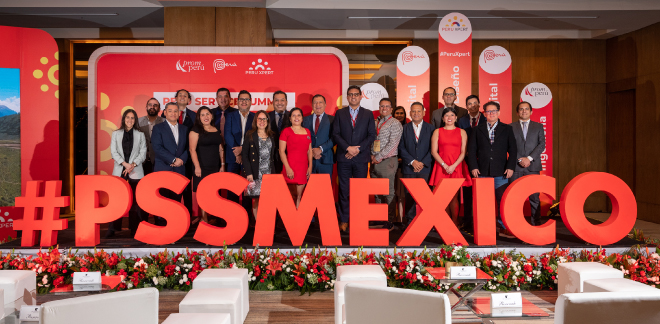Peruvian quinoa poised to conquer China
Síguenos en:Google News
Cultivated in the Peruvian Andes for more than 3,000 years, quinoa is unquestionably one of the food products that best represents us abroad. Now is the turn of China, thanks to the phytosanitary agreement concluded between the Peruvian and Chinese governments at the end of June.
The protocol signed established that Peru meets the phytosanitary requirements for the entry of quinoa into the Asian country. <8. The Agriculture and Irrigation (MINAGRI) Minister, Fabiola Muñoz, participated in the conclusion of this agreement, together with the Minister for the General Administration of Customs of China, Ni Yuefeng.
Expansion to the Chinese market will benefit in the region of 20,000 quinoa producers from Cusco, Puno, Ayacucho, Huancavelica and Arequipa, who will be able to make shipments to this destination.
Minister Muñoz thus explained that her sector will work with the regional authorities in a coordinated manner, making it possible to obtain the certifications permitting the positioning of Andean grain in China, particularly in support of small farmers in high Andean regions.
It is important to point out that China constitutes a market of 1.3 billion consumers for our producers.
The head of MINAGRI also emphasized that this agreement with China opens the door for other Peruvian products, such as frozen chestnuts and avocados, to gain access to this huge market. “We want China to know about and consume more and Peruvian products. We are focused on that task," she clarified.
Positive projection
The Exporters Association (ADEX) described the entry of Peruvian quinoa into China as a major achievement, since it will boost its exports and increase production. “Peru produces about 85,000 metric tons of quinoa per year and the opening up of China could lead to an increase of up to 40%," she explained.
ADEX also pointed out that, while the entry of quinoa into the Asian giant’s market offers us significant opportunities, an immediate increase should not be expected: "It is most likely to be progressive.”
Exporting to China
According to the Ministry of Foreign Trade and Tourism (MINCETUR), following conclusion of the Free Trade Agreement with China in 2009, Peruvian exports to the Asian country increased by an annual average of 13.5%, while non-traditional products increased by 11.4%.
China is currently Peru's largest trading partner. And, although positioning in this market principally comprises traditional products such as copper and fishmeal, in recent years China has shown demand for other products.
Last year, the value of non-traditional goods exported to China by Peru amounted to 470 million dollars; of these, the biggest export was squid (137 million dollars).
In terms of agricultural exports from Peru to China, these reached a milestone in 2018, exceeding 150 million dollars, the most notable products being cranberries, grapes, avocados and tara.
Sources: Andina / Gestión / Mincetur
You might also be interested








